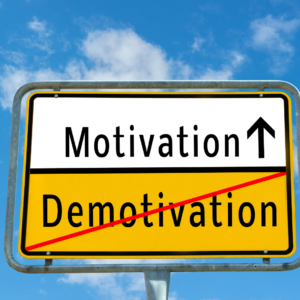Masters route to mediation and a lucrative career path
Ever thought about becoming a mediator? US News & World Report lists it among the top 30 career choices for 2009. The Washington-based magazine looked at hundreds of jobs and used criteria such as the best outlook in a recession, highest rate of job satisfaction, ease of training and financial remuneration.
Mediation is a growth area. And its role within the Australian legal system draws increasing interest along with an awareness that traditional litigation is not a particularly efficient way of settling disputes.
In 2007, the Victorian Department of Justice commissioned a research project into the use and effectiveness of mediation in the Supreme Court and County Court of Victoria. The end report released in April this year found 81percent of respondents were satisfied with a mediation process and believed it had saved them a substantial amount in legal costs. In NSW, the Attorney-General’s Department is circulating a discussion paper on how to develop a framework for the better delivery of services in alternative dispute resolution.
Mediation is the best-known tool of ADR. Also in ADR’s arsenal are negotiation, arbitration, conciliation and avoidance.
According to Rosemary Howell, who has taught a popular elective unit in dispute resolution at the University of NSW law school for the past seven years, “avoidance is the most widely used dispute resolution tool in the Western world”. That is, “doing nothing, at least for now”.
It usually means a problem gets worse, not something an ADR practitioner such as Howell would allow on her beat.
Howell is the force behind a new masters degree in dispute resolution at UNSW, the first of the Go8 universities to move into the field at postgraduate level. Among the non-sandstone universities, University of Technology, Sydney has been offering a masters in dispute resolution for about 20 years. Howell studied in that program before moving on to do her doctorate in negotiation. At UTS she became “very impressed with the thinking” in ADR.
Howell sees the rise in ADR activity coming from three directions: from “clients who really want to resolve their differences in a way that doesn’t destroy relationships”, from court pressure “to move litigation through faster” and from young lawyers whose training has included ADR subjects and who “recognise that in the right circumstances [it] offers significant benefits”.
Anyone can call themselves a mediator but “most people get trained:, Howell says. Base-level entry into this largely unregulated field is often via an intensive five-day course at an organisation such as LEADR, ACDC or Trillium. They each offer their own certificates.
The federal Attorney-General’s Department funds the National Alternative Dispute Resolution Advisory Council, which has a mediator accreditation register, but applying to join it and adhering to its guidelines is voluntary.
Relationships Australia, a leading non-profit provider of family dispute resolution, is not listed as a member of NADRAC. Its accreditation comes under the requirements of the Family Law Act, one of the few areas where mediation activity is subject to legislation.
The ADR industry seems to sprawl in an ad hoc way but Howell prefers to call it “a work in progress”. She likes the “richness and variety of different mediation processes” and worries that “if certification becomes an obsessive thing then we’ll all have to do it in a particular way”.
That would be contrary to ADR’s strength, which is to resolve each problem according to its specific circumstances. She see no evidence of consumer dissatisfaction, “which would be a strong reason for one system of accreditation”.
“[The field of ADR] is very organic. And it’s one of the great powers of the process because everyone working in the process has the opportunity to influence what happens.”
But if a five-day course in mediation will give a certification, why bother to do a masters degree? Howell says it’s for “people who want to go wider and deeper”, to pursue “some deeper thinking in a specialised field” and be introduced to a whole range of dispute resolution processes beyond mediation.
And, she observes, “as the field of mediators grows, I think further academic qualifications do become a differentiator”.
The UNSW masters of dispute resolution begins next year and is open to applicants with a bachelors degree in any field. It will run parallel to the masters in law, and students in that program will be able to take units.
“And I’m hoping that people doing masters in other faculties might take single subjects,” Howell says.


